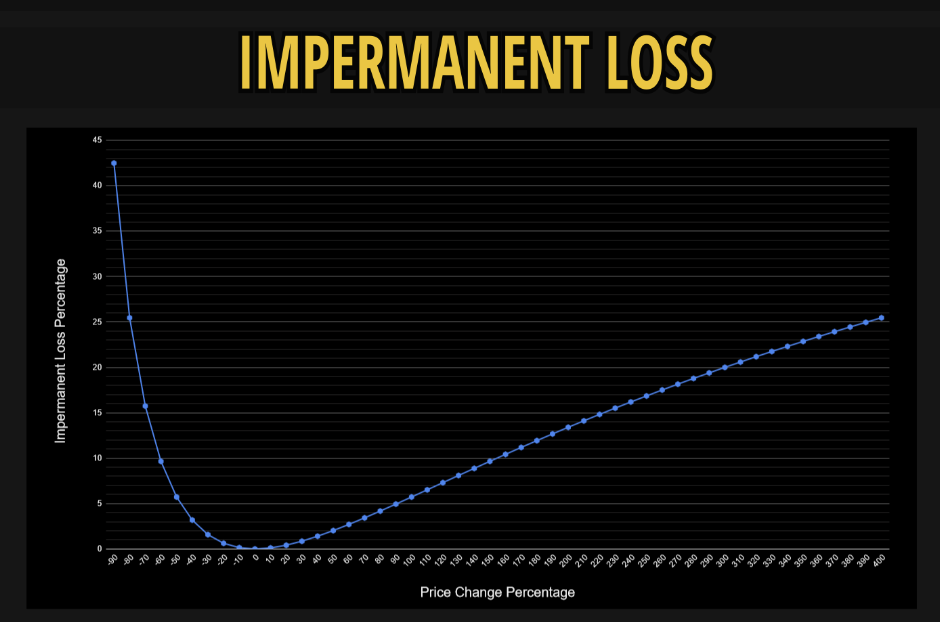The European Commission slapped a €120 million fine on X (formerly Twitter) on Friday, marking the first enforcement of the bloc’s landmark Digital Services Act (DSA) against a major social-media platform.
The ruling grounds its decision on multiple breaches: X’s paid “blue checkmark” system was deemed a deceptive design, the company failed to maintain a transparent advertising repository, and it denied researchers adequate access to public data.
Under the DSA, large online platforms are required to provide public clarity over who is verified, how adverts are placed and paid for, and to give outside researchers access to public-facing data when needed. The Commission concluded that allowing any user to pay for a “verified” badge — without meaningful identity verification — misleads users, undermines trust, and opens the door to impersonation, scams, and misinformation.
Beyond the blue ticks, regulators took issue with X’s advertising records: the platform’s ad-database lacked basic transparency about content, paying entities, and targeting criteria, and imposed excessive delays — flaws the Commission says hinder independent scrutiny and raise risks of manipulation. Meanwhile, X placed “unnecessary barriers” on data access for independent researchers, undermining the DSA’s goal of enabling scrutiny of systemic risks across online platforms.
In the fine breakdown, the Commission attributed roughly €45 million to the blue-tick violation, €40 million to data-access shortcomings, and €35 million to deficiencies in the ad repository. The total, although revealed, remains far below the DSA’s maximum, which could reach 6 percent of a platform’s global turnover.
Why This Matters: Regulation, Reputation, and Revenue
For X, the fine threatens far more than a financial hit. It puts the platform’s entire business model under strain. The “subscribe-to-verify” scheme that rebranded the blue checkmark was meant to be a major new revenue stream following the platform’s acquisition by Elon Musk. But EU regulators now view it as a misleading “design pattern,” not a legitimate authentication method.
That blow strikes at the heart of how X has tried to monetize paid users quickly, raising serious long-term questions about the viability of paid-verification as a global strategy.
Moreover, the DSA mandate around ad transparency and data access is a block against many of the monetization and algorithmic strategies that modern social platforms exploit. By finding X non-compliant on these fronts, Brussels is sending a clear signal that revenue generation and regulatory compliance cannot be decoupled, especially in large markets like Europe.
Against that backdrop, markets and investors are likely to scrutinize whether X can restructure its user-verification model, rebuild trust, and remain competitive — not only in Europe, but globally. For Musk and his team, this may involve heavier compliance costs, rethinking user onboarding, and potentially sacrificing some monetization levers to meet regulatory demands.
Geopolitics, Free Speech and the U.S.–EU Showdown
The fine didn’t land in a vacuum. Within hours of the announcement, prominent U.S. politicians denounced the penalty, accusing the EU Commissioner of using the DSA to target American tech firms under the guise of regulation.
Some in Washington and among X’s supporters cast the ruling as a crackdown on freedom of expression and an overreach by Brussels. From Brussels’ perspective, however, the decision is less about censorship than about ensuring transparency, consumer protection, and accountability around digital platforms — especially ones wielding vast influence over public discourse.
“Rumors swirling that the EU commission will fine X hundreds of millions of dollars for not engaging in censorship. The EU should be supporting free speech, not attacking American companies over garbage,” U.S. Vice President JD Vance wrote on Thursday.
That tension between regulatory oversight and concerns of political freedom underscores the deeper fault lines emerging in tech geopolitics.
“The European Commission’s $140 million fine isn’t just an attack on @X, it’s an attack on all American tech platforms and the American people by foreign governments,” U.S. Sec of State Marco Rubio said, adding that the days of censoring Americans online are over.
As the U.S. pushes for a more open global tech ecosystem, and Europe doubles down on stricter rules to guard against misinformation, scams, and opaque platform practices, companies like X could find themselves caught between competing legal and political frameworks.
What Comes Next — And What Could Happen If X Doesn’t Comply?
The Commission has given X a limited window to propose corrective measures and comply with DSA rules. The platform has 60 days to outline its plan for restructuring the verification system and 90 days to reform ad transparency and data access policies before further penalties are triggered.
If X fails to comply, higher fines — up to 6 percent of global revenue — could follow. The ruling also opens the door to additional investigations under the DSA, including scrutiny of algorithmic content promotion, misinformation controls, and how the platform handles user complaints or prohibited content.
For now, regulators seem focused on transparency offenses rather than directly policing content moderation or freedom of expression — but the decision nonetheless raises broader questions about how global social media platforms will adapt to competing regulatory regimes across jurisdictions.
In short, the EU’s fine against X marks a turning point. It is both a rebuke of the platform’s recent monetization approach and a test of whether Musk’s vision for an AI-powered, subscription-based social media network can survive under heavy regulatory pressure.






